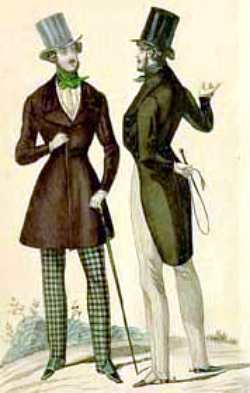How FLANEUR-SHIP can help us reclaim the city
What do today’s Pokemon Go players have in common with the French 19th century poet Baudelaire? They both embody the notion of the Flaneur. The Flaneur, in its traditional sense, evokes the image of a gentleman strolling through a cityscape pondering philosophical questions with a cigar and perhaps a cane in his hand. Coming from the French noun flâneur, it means „stroller“, „lounger“, „saunterer“, or “loafer”. The flâneur was, typically a literary type from 19th century France and the word carried a set of rich associations: the man of leisure, the idler, the urban explorer, the connoisseur of the street.
Baudelaire characterised the flâneur as a „gentleman stroller of city streets”, and a “man of the crowds”. He saw the flâneur as having a key role in understanding, participating in and portraying the city. A flâneur thus had an important duel role as both a participant and observer of urban life – thus simultaneously part of and apart from the life of the city. The German philosopher Walter Benjamin also adopted the concept of the urban observer both as an analytical tool and as a lifestyle, and called them “botanisiers of the asphalt”. Not so far from the sight of Pokemon Go seekers today starting and stopping on the sidewalks.
In the context of modern-day architecture and urban planning, designing for modern day flâneurs (of all sexes) is a way to approach the psychological aspects of the built environment and public spaces as it deals with those who are indirectly and unintentionally affected by a particular design which they experience in passing.
Designing happy cities and liveable cities for the future requires a new thinking about public space that we see in the work of Jan Gehl and Hans Monderman. One of the ways we can learn to think about the future of these spaces is to rediscover the flaneur. In Los Angeles there are even rentable professional flaneurs – so called People Walkers. Chuck McCarthy is one such man whose team of neo-flaneurs walk humans for $7 per mile around the streets. Such services appeal to a range of city inhabitants from those who are scared to walk alone or those with isolation issues who would like some congenial company. His clients need company, the interaction away from their digital devices, but they also often need the exercise.
Another modern day response to the concept of the the flaneur is to measure the walkability of a city. Big data analysis enables us to chart and evaluate different routes according to such criteria as the safest, the most architecturally interesting, the greenest, etc. Walkscore for example has already charted the walkability of 3.000 US cities and 10.000 neighbourhoods.
Definitions of walkability vary but common consent is that it is „the extent to which the built environment is friendly to the presence of people living, shopping, visiting, enjoying or spending time in an area”. Factors affecting walkability typically include:
- Street connectivity (how well we can move through the city)
- A mix of land use including frequency and variety of buildings
- Residential and retail density
- Green spaces, trees and vegetation
- Entrances and other experiences along street frontages
- Transparency including amount of glass in windows and doors, orientation and proximity of homes, and buildings to watch over the street
- Reachability and amount of places to go to near residences
- Place-making; street designs that work for people, not just cars
Bringing back the noble art of the Flaneur and reviving the notion of Flaneurship can bring us, in the words of Walkscore, “walkable neighborhoods with access to public transit, better commutes, and proximity to the people and places you love.” It is a way to reclaim city space and discover and improve the so-called “psycho-geography of a city. All of which will be one of the keys to a happier, healthier and more sustainable lifestyle in the cities of the future.
Links/Sources:
- www.walkscore.com/cities-and-neighborhoods
- www.walkonomics.com
- www.ratemystreet.co.uk
- walkabilityasia.org/2012/10/03/walkability-mobile-app
Hinweis:
Gerne dürfen Sie diesen Text nachdrucken oder zitieren.
Wir bitten um Mitteilung an m.nemeth@zukunftsinstitut.de

